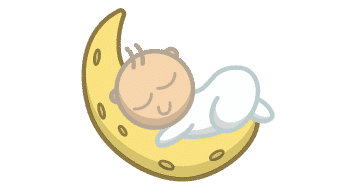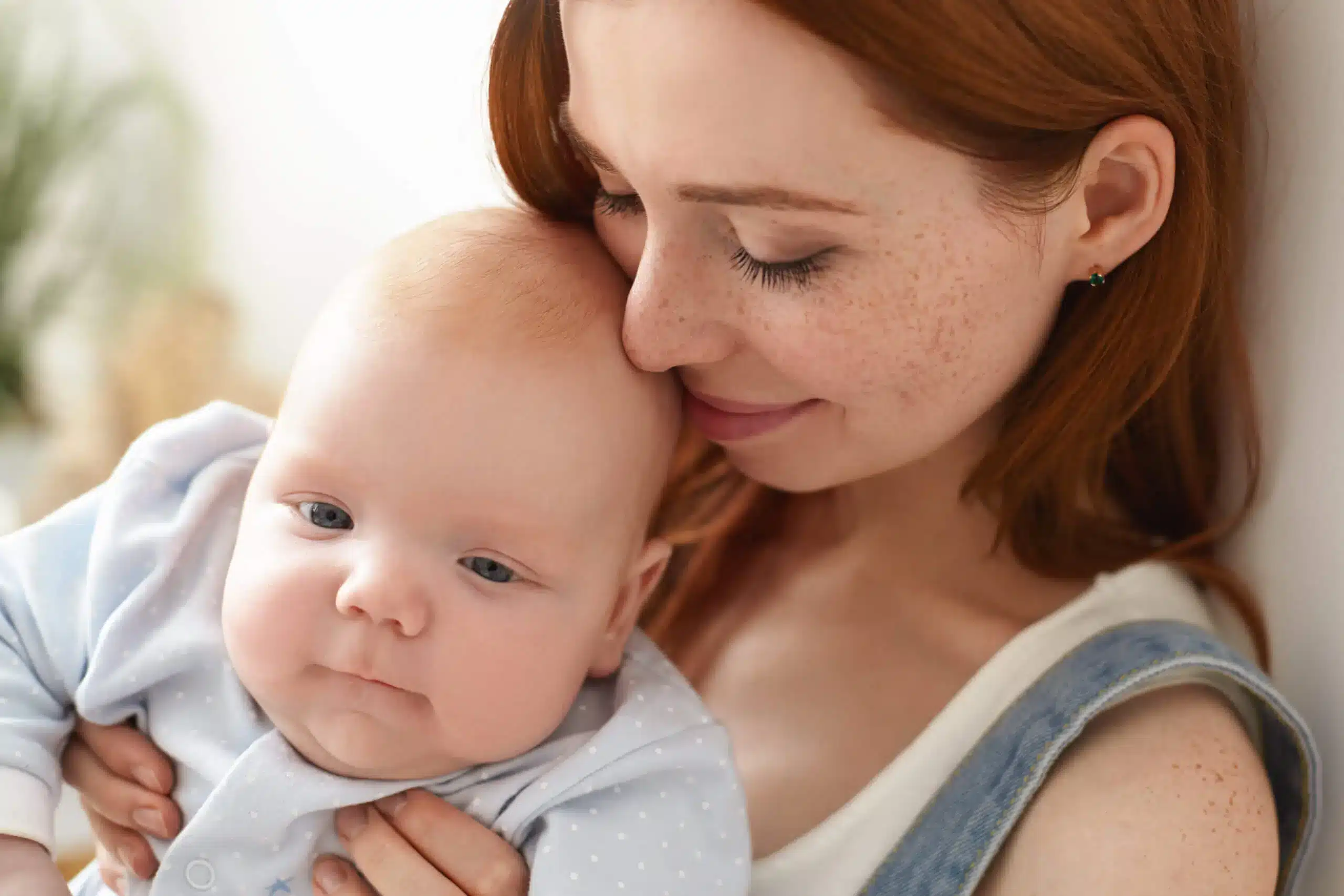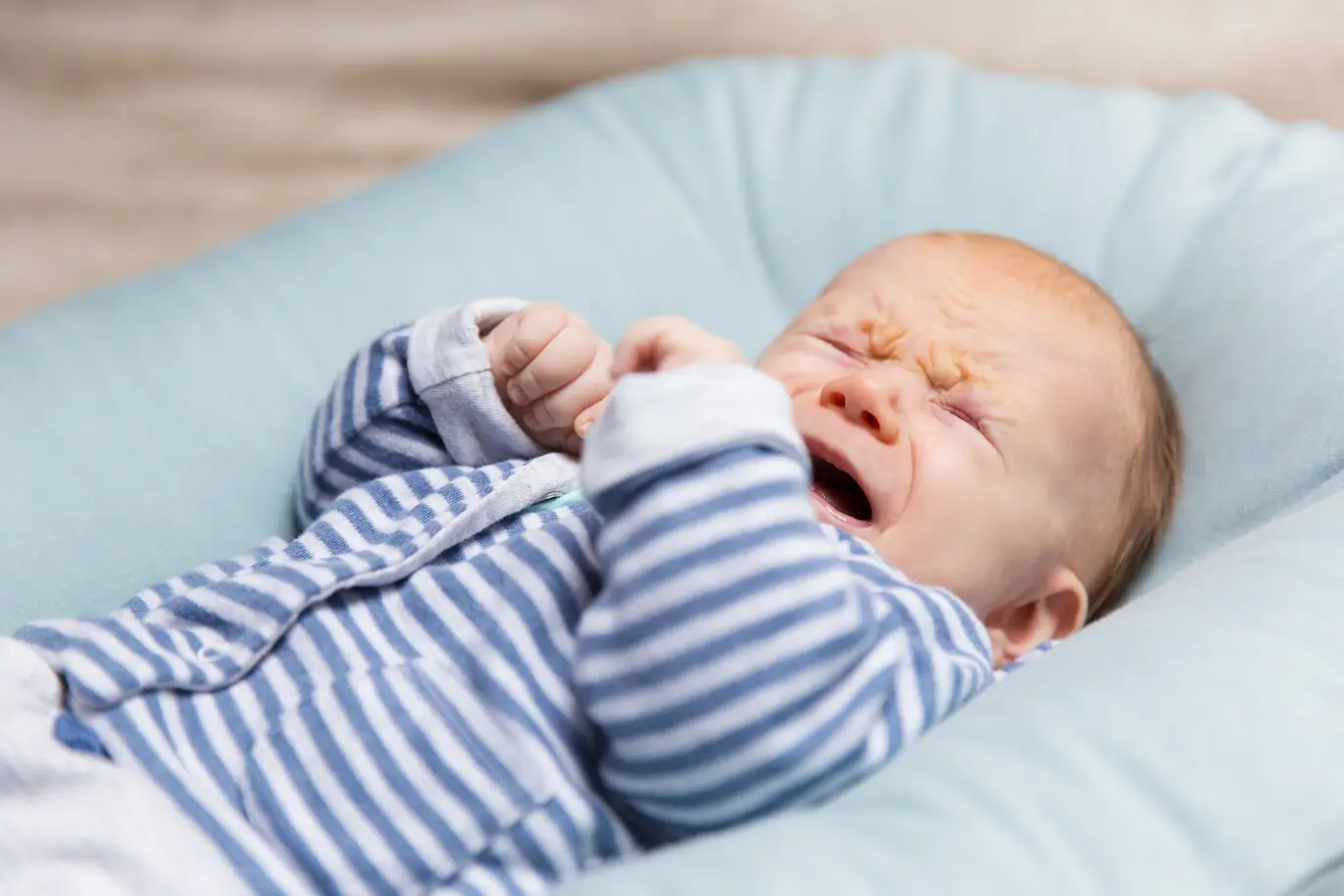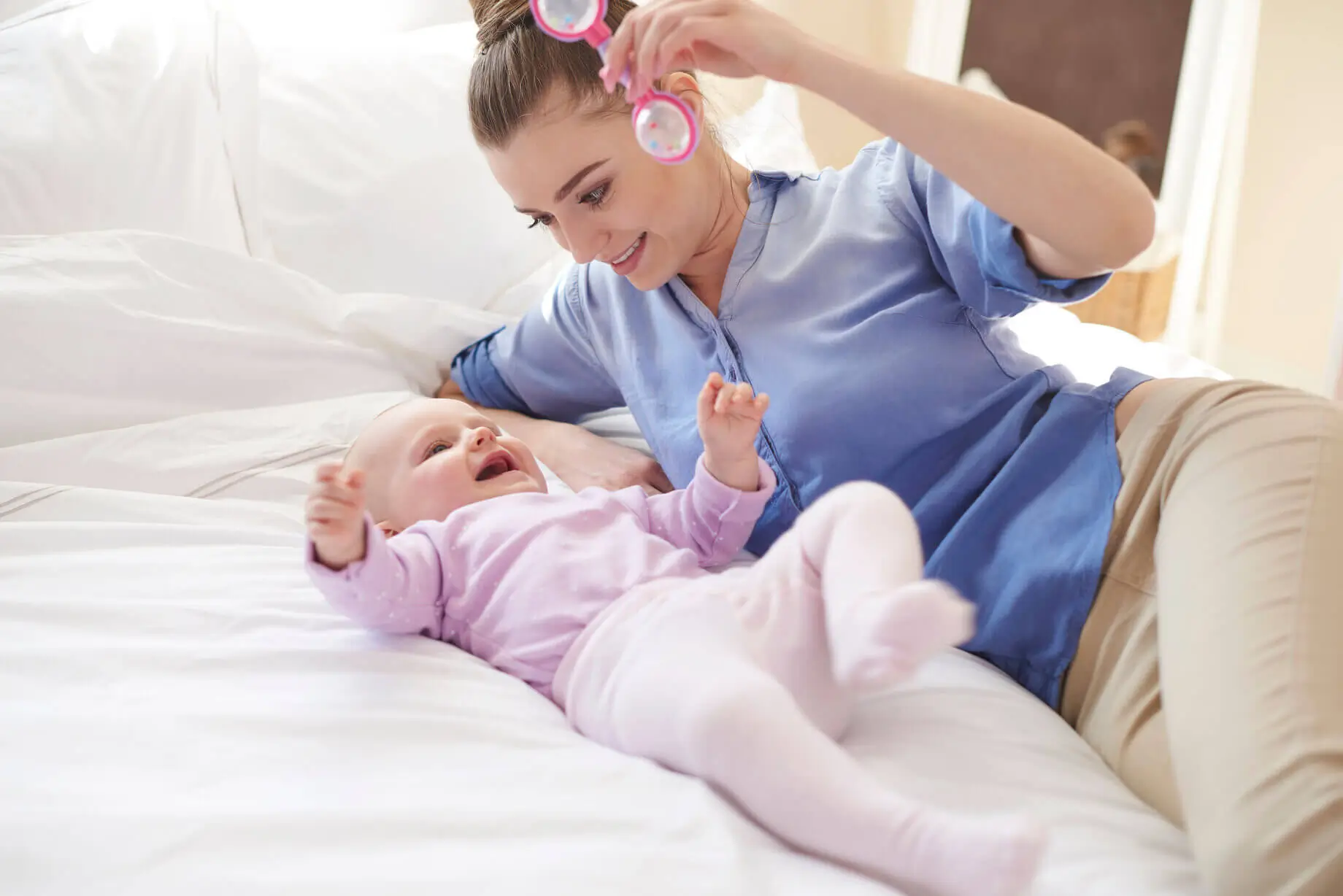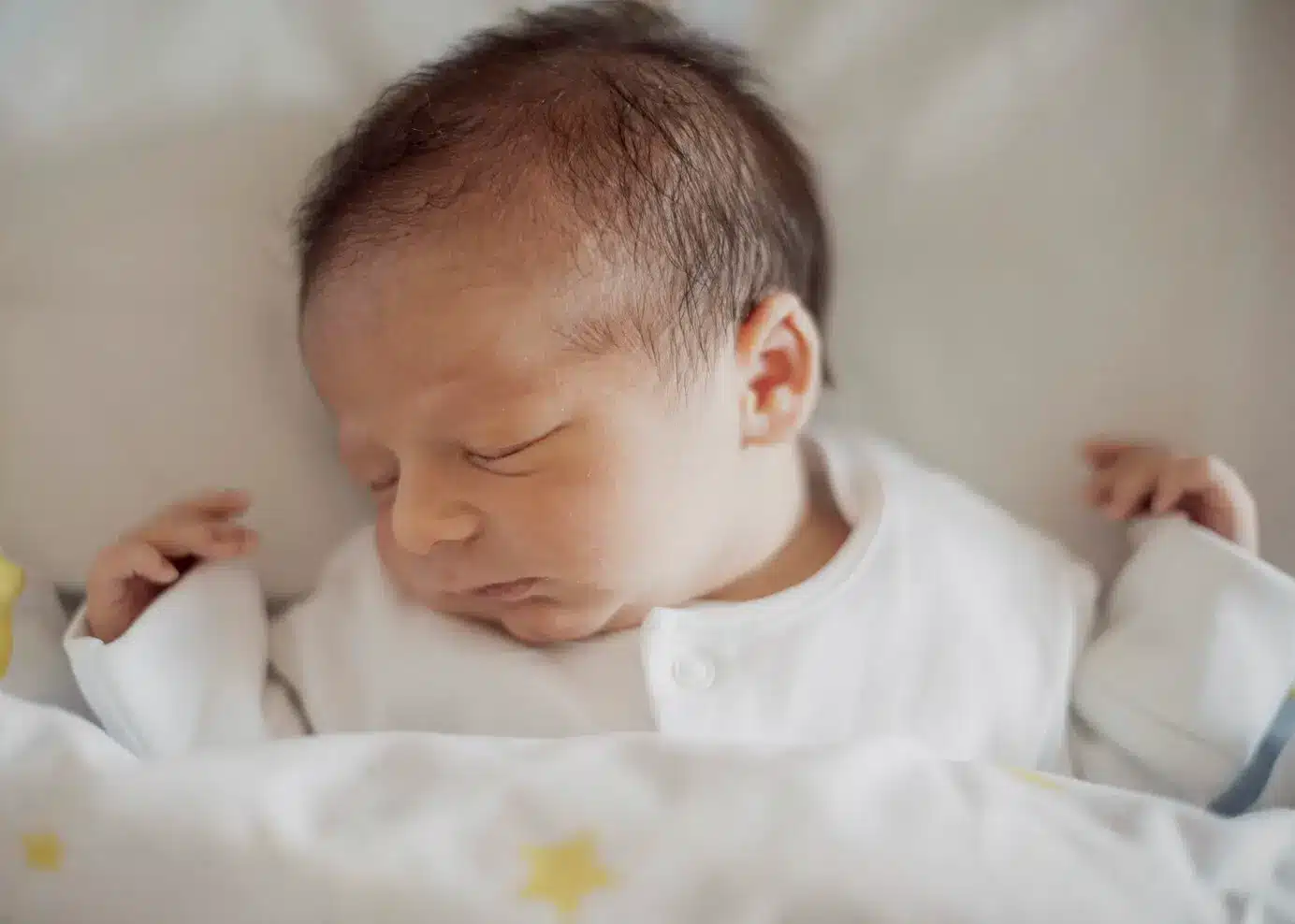Spotting baby acne on face can unsettle new parents, as tiny red bumps appear on soft cheeks or the forehead without warning. Baby acne on face affects nearly 20% of newborns, often starting in the first few weeks after birth. This condition, driven by hormonal changes, usually clears up on its own, but understanding it helps reduce anxiety and guides proper care.
In this detailed guide, we cover the origins, signs, and management of baby acne on the face, drawing from reliable sources like the Mayo Clinic and American Academy of Pediatrics. With searches for baby acne on face increasing as parents seek trustworthy advice, this article offers practical tips and debunks common myths. Whether you’re identifying baby acne or rash on face or distinguishing it from infantile acne, you’ll find clear, supportive information here to navigate this common infant skin issue.
Key Takeaways
- Baby acne on face is harmless and resolves naturally in most cases, affecting one in five infants.
- Maternal hormones are the primary trigger, not hygiene or dietary factors, as some believe.
- Gentle cleansing routines can soothe symptoms, but avoid harsh products to prevent irritation.
- Consult a doctor if baby acne on the face persists beyond six months or shows signs of infection.
- Establishing healthy skin habits early may help minimize risks for toddler acne in the future.
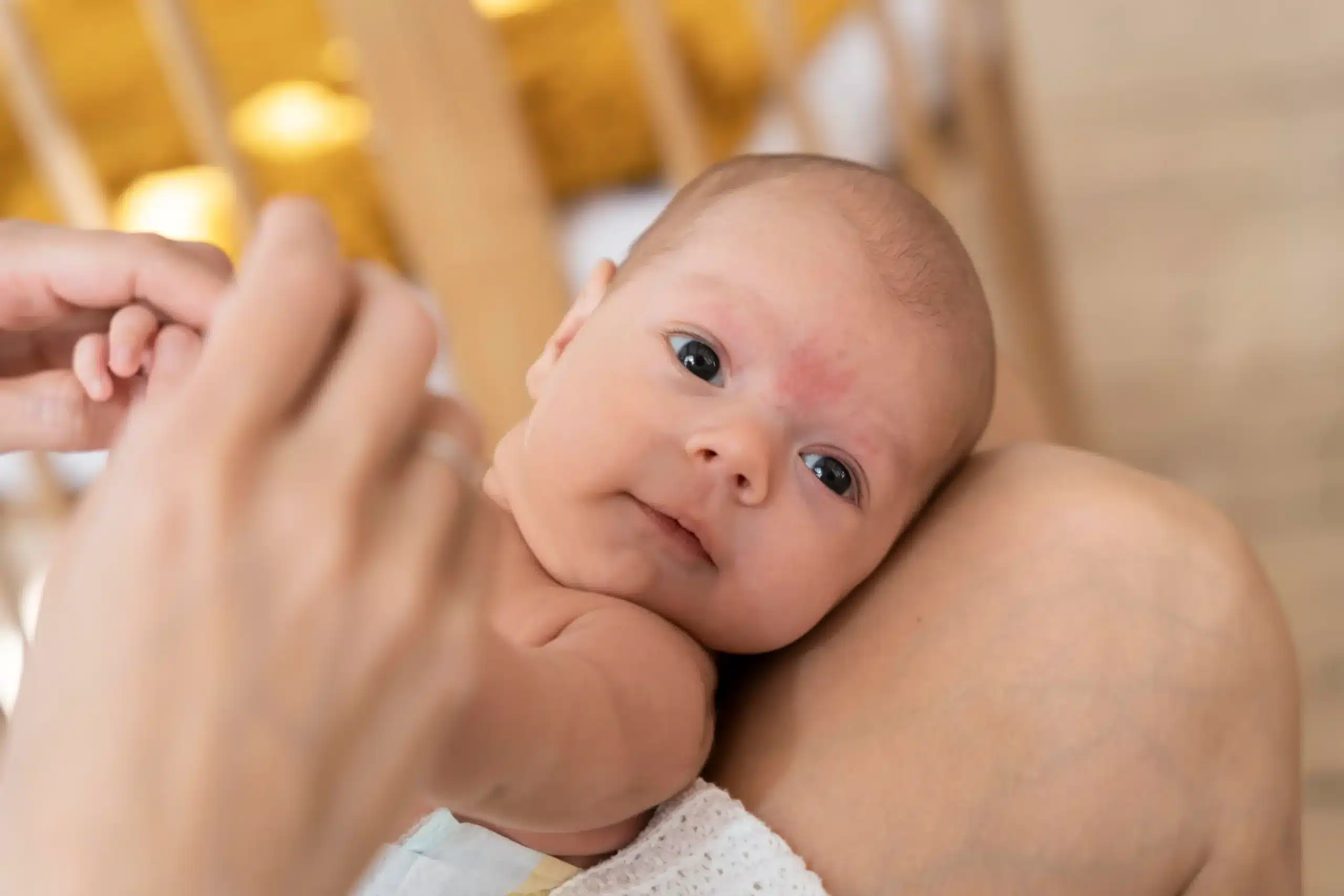
Primary Causes of Baby Acne on Face and Their Mechanisms
Baby acne on face primarily stems from hormonal fluctuations at birth. Maternal androgens transferred during pregnancy stimulate the infant’s sebaceous glands, leading to excess oil production that clogs pores and forms bumps. This process mirrors adult acne but lacks significant bacterial involvement, making it a unique newborn response.
Other contributors include skin yeast overgrowth or environmental factors like high heat, which exacerbate pore blockages in warm, humid conditions. Genetic predisposition plays a role too; families with a history of skin sensitivities often see baby acne on face recurring among siblings. In contrast to infantile acne, which appears after six weeks and may involve more inflammation, the neonatal type directly relates to post-birth hormone adjustments.
Parents frequently ask about diet connections, but evidence doesn’t strongly link prenatal nutrition to baby acne on face. However, maintaining a cool environment prevents sweat from compounding oil buildup. These elements explain the sudden onset of baby acne or rash on the face, reassuring caregivers that it’s a temporary developmental phase.
Newborn pores are immature, allowing oil to accumulate more easily than in older children. While allergens seldom cause baby acne on the face, they can coincide in sensitive infants, prompting careful monitoring. Tracking daily exposures, such as clothing materials or room humidity, helps identify potential aggravators. This approach empowers parents to manage baby acne on face proactively, turning uncertainty into informed action.These elements explain the sudden onset of baby acne or rash on the face, reassuring caregivers that it’s a temporary developmental phase.
Early Symptoms to Watch for in Baby Acne on Face Cases
Baby acne on face presents as small red papules or white pustules, commonly on the cheeks, nose, or chin areas. These spots may contain pus-like fluid but typically don’t cause itching or pain, distinguishing them from allergic reactions.
Look for clustered formations in central facial zones. Baby acne on face rarely spreads extensively. Mild scaling can occur, but widespread redness or swelling might indicate an overlap with baby acne or rash on face resembling eczema.
Parents often detect it best under natural light for an accurate assessment. Initial signs include subtle pinkness around two weeks old, helping separate it from milia’s white keratin cysts. Documenting changes daily reduces worry about baby acne on the face.
Severity levels vary; some babies have sparse dots, while others develop denser groupings. Neonatal forms remain superficial, whereas infantile acne might feature deeper lesions. Integrating visual inspections into routine care promotes timely recognition of baby acne on face.
Pink, oily pimples or textured patches signal the beginning, according to dermatology experts. If the infant seems fussier, observe if baby acne on the face correlates with feeding or sleeping patterns. This connects symptoms to everyday life, clarifying variations over time.
Baby acne on face shows small red or white bumps on cheeks, nose, and chin, mild, non-itchy, and resolves naturally without pain.
Progression Timeline for Baby Acne on Face Development
Baby acne on face unfolds in distinct stages. It begins mildly between 2-4 weeks with faint redness, intensifying to prominent pustules by 1-3 months.
Fading commences around 4-6 months, with most resolving by six months old. Infantile acne, a prolonged version, may extend to 12 months and include blackheads.
This sequence prepares parents for evolutions in baby acne on the face. If it lingers, compare it to toddler acne arising from new hormonal shifts near age two.
Weekly tracking demystifies why baby acne or rash on the face persists in some cases, fostering reassurance.
Peak periods show more fluid-filled spots, followed by gradual smoothing. Awareness of this pattern minimizes unnecessary concern, as the majority conclude swiftly without lasting effects.
Distinguishing Baby Acne on Face from Similar Rashes
Baby acne on face differs from milia, which are white cysts from trapped keratin, or cradle cap’s scaly yellow patches on the scalp.
Eczema causes itchiness and dryness, while erythema toxicum involves blotchy spots that disappear rapidly. Consider this comparison table for clarity:
| Rash Type | Key Characteristics | Typical Locations | Duration Range |
| Baby Acne on Face | Red or White Pimples | Cheeks and Forehead | 2 to 6 Months |
| Milia Condition | Tiny White Cysts | Nose and Face | Several Weeks |
| Cradle Cap Issue | Yellow Scaly Patches | Scalp Primarily | Multiple Months |
| Eczema Problem | Itchy Dry Areas | Body Folds Often | Varies Widely |
Identifying baby acne on face accurately avoids improper treatments. Infantile acne shares similarities but starts later with increased redness.
Milia lacks inflammation, whereas baby acne on the face often has a reddish base. This distinction supports quick home evaluations.
Home Care Strategies to Soothe Baby Acne on Face Gently
Managing baby acne on face starts with soft daily cleansing using warm water and fragrance-free mild soap. Pat the area dry carefully to avoid friction that could worsen sensitivity.
Refrain from applying oils or lotions that might further obstruct pores. While some try breast milk applications, supporting data is limited; water-based methods prove safer.
Small amounts of coconut oil can calm irritation, but always consult a professional first to rule out allergies. These techniques address baby acne or rash on face without aggressive approaches.
Wearing loose, breathable clothing and changing sheets regularly limits contact with potential irritants on the baby acne on face.
Diluted chamomile compresses offer soothing relief for redness, ensuring proper dilution to maintain safety. Combine with cooler room temperatures to reduce perspiration-related issues.
Medical Interventions for Lasting Baby Acne on Face Issues
Many cases of baby acne on the face require no medication, fading naturally over time. For ongoing symptoms, pediatricians recommend low-concentration benzoyl peroxide or erythromycin creams.
The American Academy of Pediatrics supports these for inflamed spots in infantile acne. Avoid adult acne products, as they are overly potent for infant skin.
In severe instances of baby acne on face, antibiotics like clindamycin provide relief. Interventions target symptoms for faster resolution.
Monitor effectiveness to ensure appropriateness, particularly if features resemble toddler acne.
Rarely, oral treatments are considered for extreme cases, but topical options are preferred initially.
Signs Indicating Need for a Doctor Visit with Baby Acne on Face
Seek medical advice if baby acne on face continues past six months or includes fever, swelling, or drainage.
Infantile acne emerging after the early weeks requires evaluation for underlying factors. Body-wide spreading signals possible infections.
Telehealth sessions are useful starters; take clear photographs for review. Prompt attention prevents complications in baby acne or rash on the face.
Prepare by logging symptoms, which aids in accurate diagnoses and better results.
Increased crying or disrupted sleep patterns serve as additional indicators. Physicians can exclude overlaps like bacterial infections.
Prevention Approaches to Reduce Baby Acne on the Face Occurrence
Complete prevention of baby acne on face isn’t feasible due to its hormonal basis, but certain habits can lessen its severity. Choose breathable cotton fabrics and keep room temperatures between 68-72°F to minimize sweat.
Use unscented detergents to cut down on skin irritants. Avoiding heavy oils prenatally may reduce hormone transfer, though not fully proven.
These measures build defenses against potential toddler acne developments.
Consistent practices strengthen skin resilience, making triggers less impactful for baby acne on the face.
Be alert for infection signs, such as crusty yellow areas. Always use clean hands when handling the face.
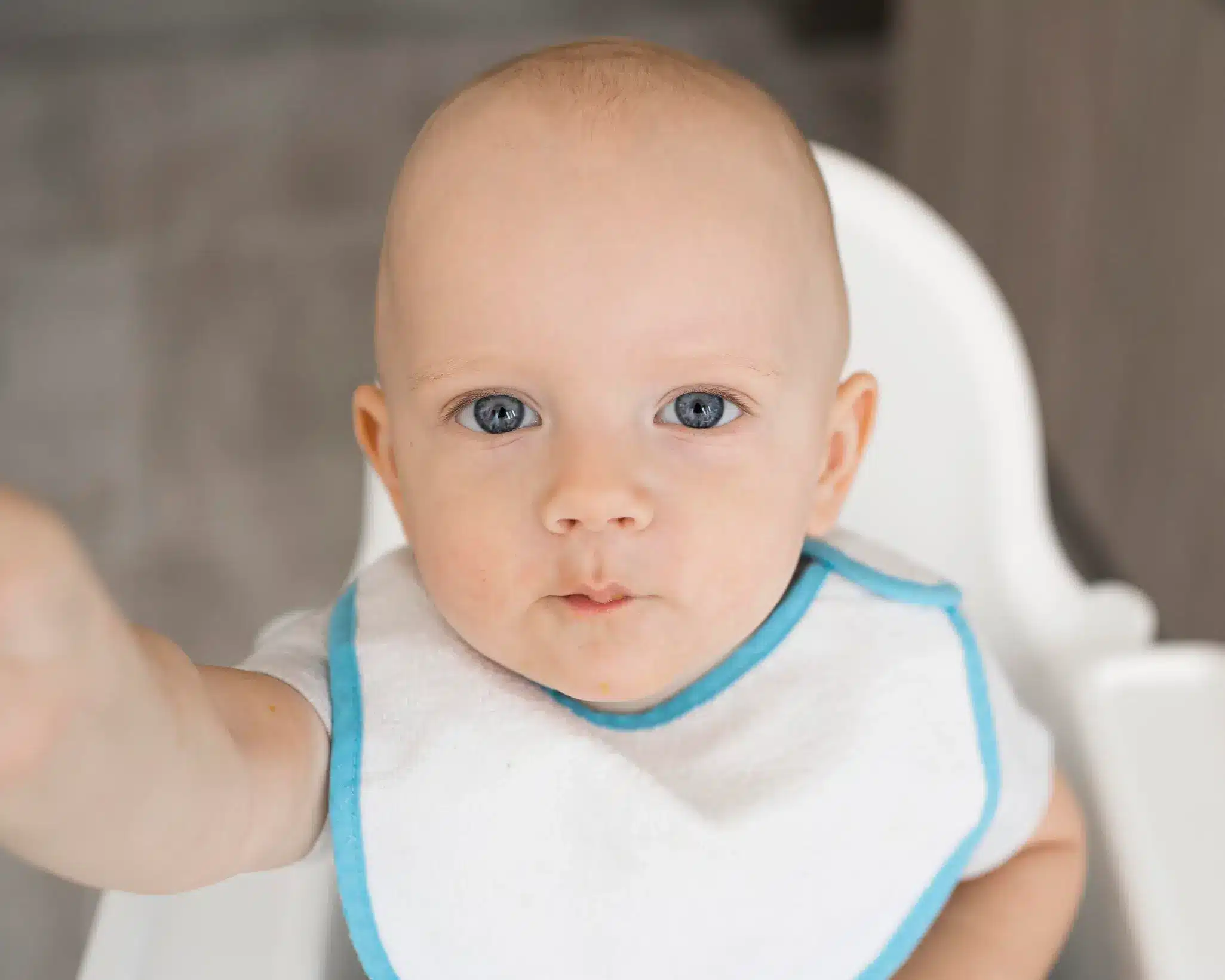
Debunking Widespread Myths About Baby Acne on Face Conditions
A common myth claims poor hygiene causes baby acne on face incorrectly, as it’s hormonally driven, not dirt-related.
Breast milk as a cure lacks efficacy and could introduce bacteria. It doesn’t predict teenage acne either; no direct connection exists.
Dispelling these reduces parental guilt over baby acne or rash on the face. Rely on evidence for optimal management.
Heat alone isn’t the sole instigator; it’s a combination with natural oils. Some cultural beliefs view such rashes positively, as symbols of vitality.
Conclusion: Empowering Parents Through Baby Acne on Face Knowledge
Reflecting on baby acne on the face, it’s a passing phase that doesn’t compromise your child’s health or future skin quality. Equipped with this information, handle it with confidence, recognizing its commonality and manageability. Prioritize gentle care, ongoing observation, and professional guidance as needed.
One parent’s experience: Changing to breathable fabrics accelerated clearance of their infant’s baby acne on the face. Celebrate this moment, baby acne on face eventually reveals clear, vibrant skin beneath
FAQ
How prevalent is baby acne on the face in newborns? It affects 20% according to dermatology reports.
Does it connect to toddler acne later on? Seldom, different underlying triggers apply.
What are safe remedies for infantile acne? Mild washes and doctor-approved topical applications.
Cultural interpretations of baby acne or rash on the face? Certain traditions see them as signs of strength or good fortune.
Can it disrupt a baby’s sleep patterns? Mild discomfort might, eased by cool compresses.
Differentiating from heat rashes effectively? Baby acne on the face clusters centrally, while heat rashes scatter more widely.
Role of probiotics in symptom management? Preliminary studies suggest benefits via gut-skin links; consult experts.
Do seasons influence its severity levels? Warmer months can increase occurrences through heightened sweating.
